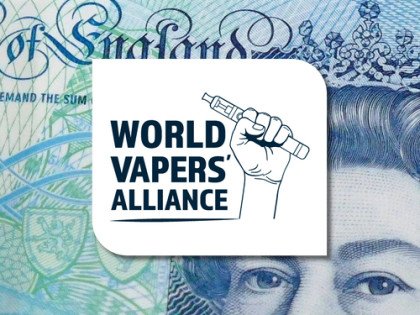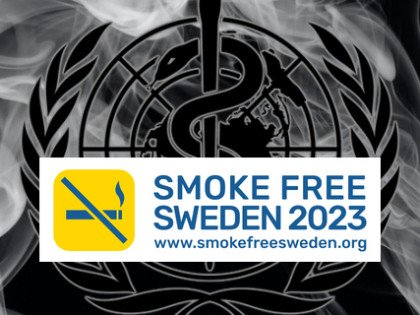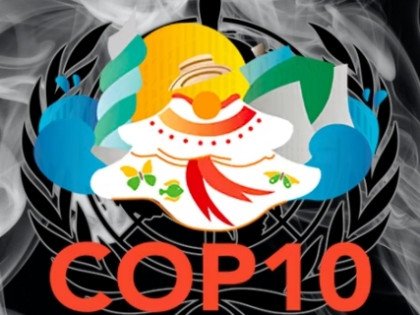Commenting on the Hungarian proposals, Michael Landl, Director of the World Vapers' Alliance, said: “While it's important to ensure the safety and proper labelling of nicotine products, it's equally crucial to avoid excessive regulation that could impede the availability of harm reduction products for smokers looking to transition away from combustible cigarettes.”
The proposed draft Decree amendments contain a stipulation for the maximum nicotine content to be limited to 17 mg per consumption unit. This, the WVA says, reflects an approach that “may inadvertently limit the appeal of nicotine pouches to smokers seeking alternatives.”
“Moreover,” the organisation adds, “the WVA expresses concerns about the potential implications of the draft Decree's proposed modifications to vaping product regulations. The amendments, which target unit packet definitions, nicotine amounts, and labelling requirements, could impose unwarranted restrictions on vaping products.
“While addressing health concerns is important, the proposed changes should be carefully evaluated to ensure they do not deter smokers from adopting less harmful alternatives.”
The WVA’s statement underscores the significance of promoting harm reduction strategies that empower smokers to make informed choices.
“Whilst health and safety standards are crucial, regulations should be crafted with a balanced approach that considers both consumer health and the potential of these products to save lives,” continued Landl.
“We encourage the Hungarian Government to start accepting reality: harm reduction works! This year, Sweden is becoming the first smoke-free country due to a consumer-friendly harm reduction approach. It is high time to learn from the Swedish experience and thereby save thousands of Hungarian lives. With a smart harm reduction approach, Hungary can become smoke-free,” he concluded.
The standstill period for review and objection by the European Commission and Member States ends on 8th November 2023, after which the Hungarian Government may enact the proposed regulations.
The WVA says it remains committed to advocating for evidence-based policies prioritising public health and consumer choice.
Photo Credit:
Photo by TE LUN OU YANG on Unsplash
Dave Cross
Journalist at POTVDave is a freelance writer; with articles on music, motorbikes, football, pop-science, vaping and tobacco harm reduction in Sounds, Melody Maker, UBG, AWoL, Bike, When Saturday Comes, Vape News Magazine, and syndicated across the Johnston Press group. He was published in an anthology of “Greatest Football Writing”, but still believes this was a mistake. Dave contributes sketches to comedy shows and used to co-host a radio sketch show. He’s worked with numerous start-ups to develop content for their websites.
Join the discussion
Harm Reduction For The Rich
The United Kingdom risks becoming a harm reduction country only for the wealthy, according to Michael Landl of the World Vapers’ Alliance
CAPHRA Highlights Tobacco Control Flaws
The Coalition of Asia Pacific Tobacco Harm Reduction Advocates highlights the flaws in tobacco control which has led to the rise of black market in Australia
A Missed Opportunity at COP10
The Smoke Free Sweden movement says that COP10 was a missed opportunity to save millions of lives
COP10: Promote Tobacco Harm Reduction
Experts with Smoke Free Sweden are emphasising the urgent need for a Tobacco Harm Reduction approach at COP10











